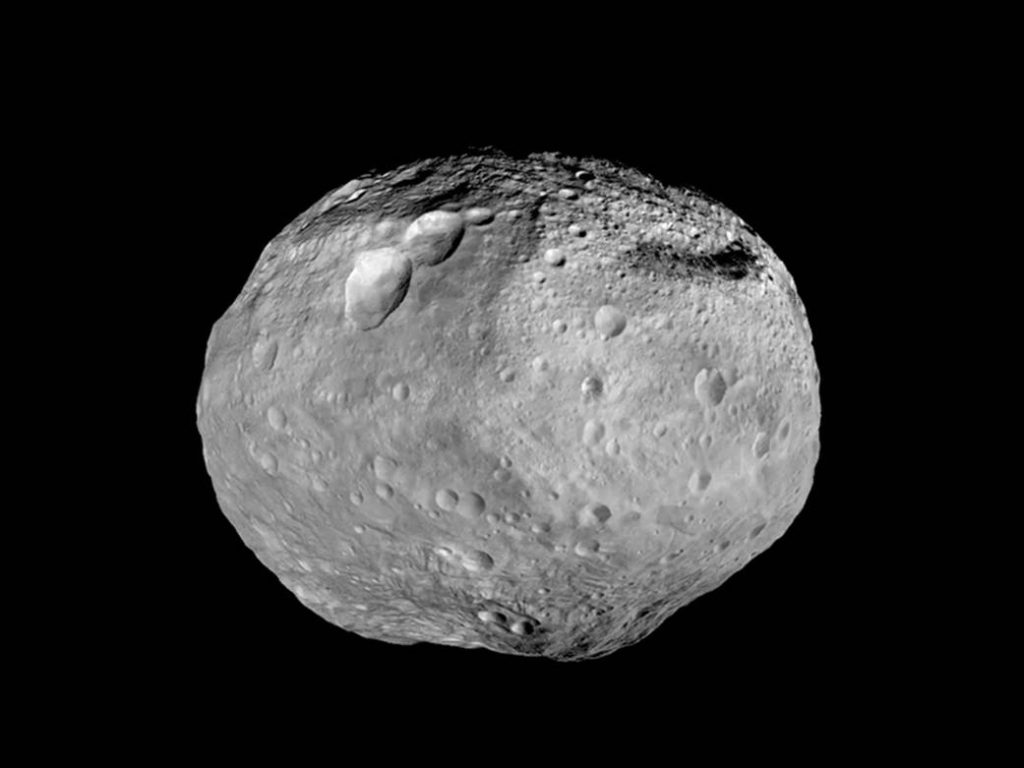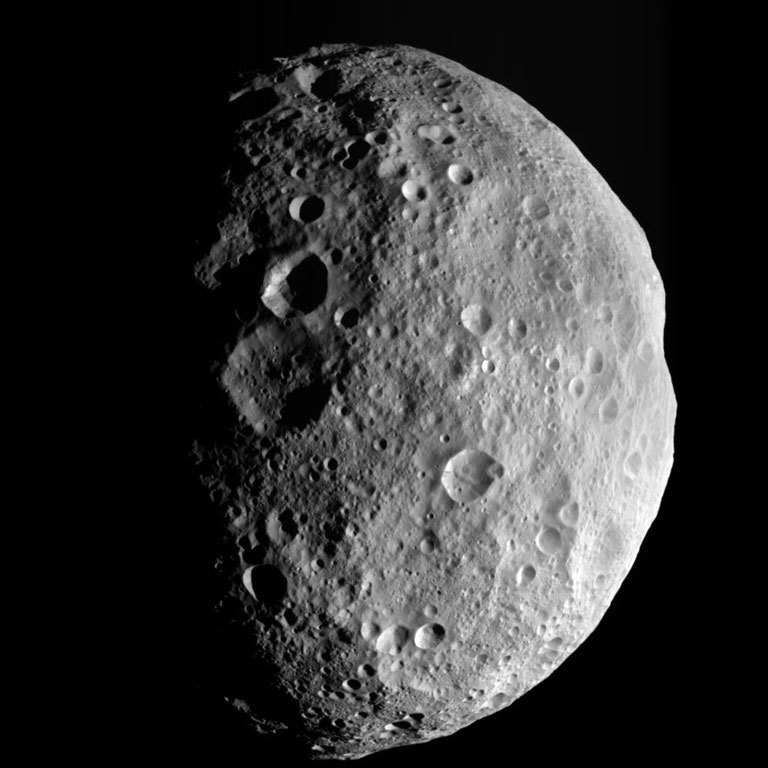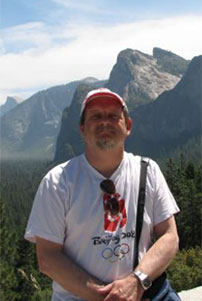By Erich Karkoschka

Saturn is still high in the southwest at dusk and sets late in the evening.

Jupiter follows higher with a transit at dusk and sets just past midnight. On the 15th, we can watch Ganymede’s shadow until 8:18 pm (MST). On the 22nd, Ganymede transits Jupiter’s disk until 7 pm with its shadow following starting at 9:44 pm. On the 29th, Ganymede transits from 8:11 to 11:07 pm. All these transits occur on Thursdays.

Mars reaches opposition on the 7th, at the same time as the Full Moon occurs. Furthermore the moon occults Mars! The event lasts from 7:32 to 8:27 pm, a great sight even with just your eyes. The disappearance and reappearance of Mars lasts almost a minute. Have your telescope ready for this rare event! Mars shows a polar cap and details on its surface quite well due to its 17 arc-seconds diameter.

Venus can be found in the southwest during early dusk.

Mercury joins Venus from the 6th to the 30th, to the upper left of Venus. The prettiest sight is on the 24th when the crescent moon is next to both planets.

Uranus is just past opposition and well placed almost all night.
Neptune is still observable during the first half of the night 6 degrees west of Jupiter.









